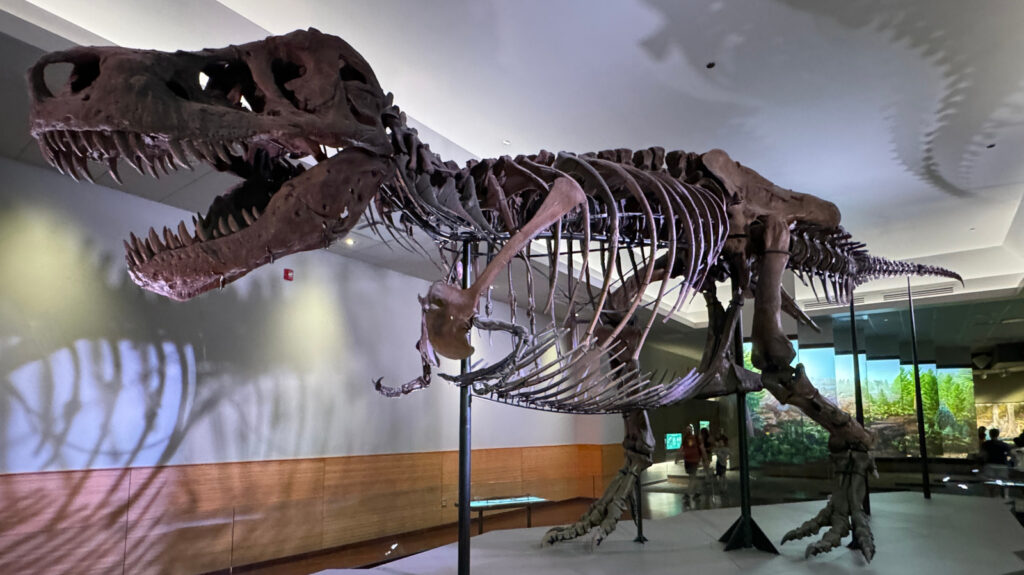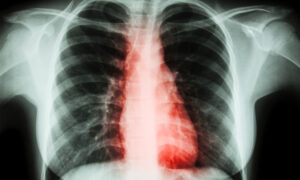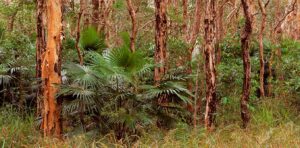
Some might argue that blockbuster films like “Jurassic Park” often misrepresent the appearance of dinosaurs. This is understandable, given that scientists have historically relied on fossilized bones and teeth to reconstruct dinosaur appearances. The absence of soft tissues, such as muscle and fat, has long left a significant gap in our understanding of dinosaur biology.
In a groundbreaking study, researchers have utilized a Tyrannosaurus rex fossil, housed at the Royal Saskatchewan Museum in Canada, to explore this very gap. The study, published in Scientific Reports under the title “In situ analysis of vascular structures in fractured Tyrannosaurus rex rib,” was conducted by a team of five researchers from the University of Regina. Their work has potentially opened up a new frontier in soft tissue research.
Revolutionary Techniques in Fossil Analysis
The study focused on a partially healed bone injury in the T. rex fossil, using advanced imaging techniques to examine where the dinosaur might have bled and how the injury healed. This rare glimpse into the internal processes of a living dinosaur offers a new pathway for future fossil studies, broadening our understanding of dinosaur soft tissue.
The fossil’s fractured rib drew the researchers’ attention, as they knew this mostly healed injury could provide insights into dinosaur soft tissue. However, they faced two significant challenges: ensuring no damage to the fossil during evaluation and working with a fossil rather than a fresh bone, which limited the scope of analysis.
Advanced Imaging Techniques
Initially, the team sliced tiny sections of bone to examine under microscopes, observing how the bone was structured and had changed over time. They then used X-ray scans to create detailed 3D images of the bone’s interior, revealing blood vessel-like shapes. To determine the composition of these structures, researchers mapped the chemical elements in the fossil using advanced scanning techniques. Finally, they employed an electron microscope for an even closer look at the bone’s makeup.
They discovered that the blood vessel structures were mineral casts, primarily composed of iron minerals such as pyrite and rust. These likely formed from a mix of minerals in the surrounding soil and potentially iron from the dinosaur’s own blood. The rib had been fractured and was beginning to heal when the T. rex died.
Implications for Future Research
The research team suggests that examining more fossils with signs of injuries or disease could reveal more about dinosaur biology, including how their bones healed. By comparing blood vessel structures across different species, including living creatures like birds and crocodiles, scientists can build a more comprehensive picture of dinosaur health, growth, and evolution.
The approach employed in this study presents a promising avenue for future research. The techniques utilized here can be applied to help find more preserved soft tissue structures. It can also help expand our understanding of the medical challenges of creatures that lived millions of years ago, such as the new research regarding dinosaur cancer.
Looking Ahead
While the original soft tissue may no longer be available for discovery and analysis, the secrets of dinosaurs can still be uncovered in their fossilized bones. This study’s findings pave the way for future research that could further illuminate the mysteries of dinosaur biology. Perhaps one day, we’ll know exactly how dinosaurs truly looked and lived.
As these studies continue to evolve, the scientific community eagerly anticipates the potential breakthroughs that lie ahead. The insights gained from this research not only enhance our understanding of dinosaurs but also enrich our knowledge of the Earth’s ancient past.





